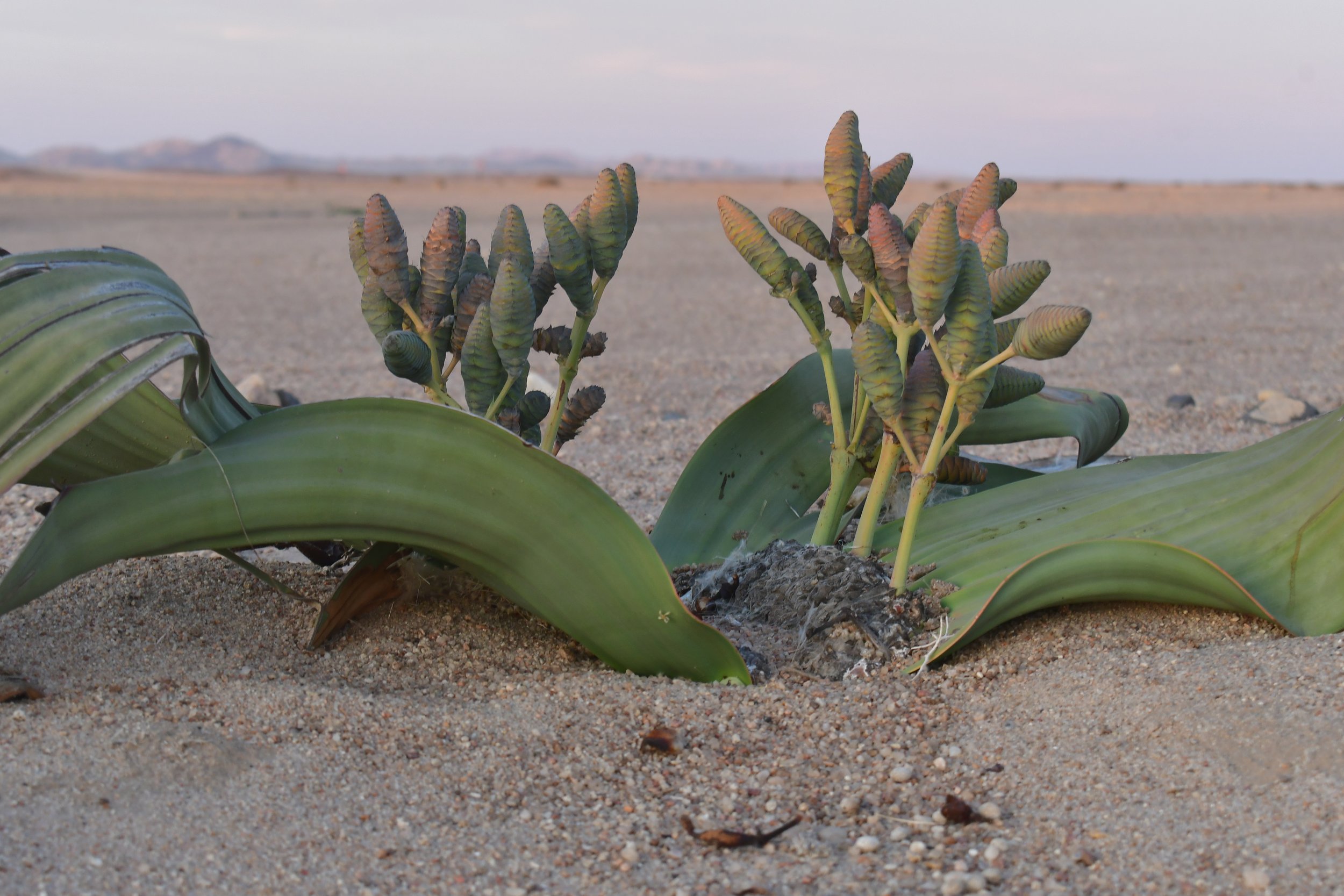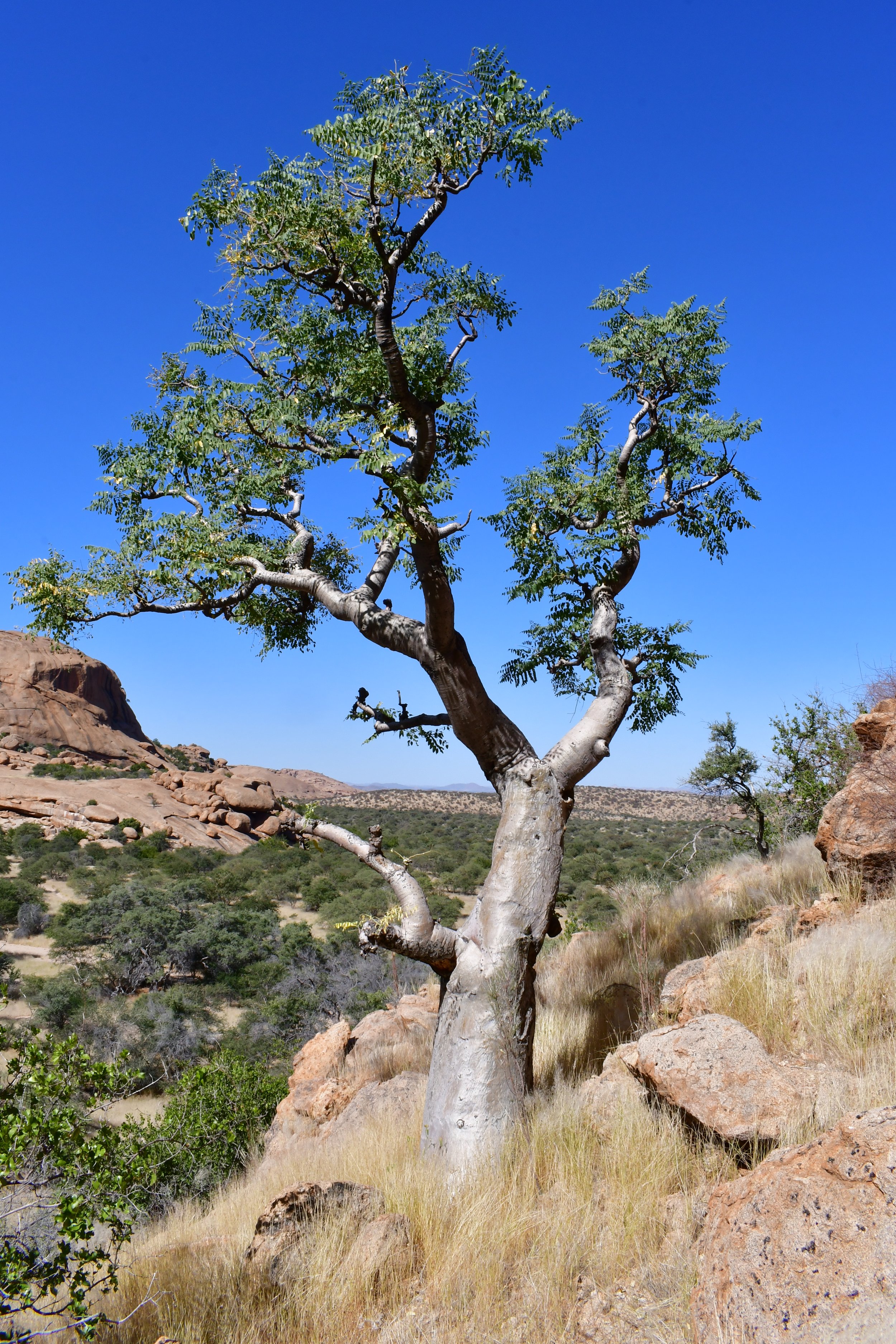

Welwitschia mirabilis - a very long lonely branch on the botanical tree of life - in Namibia. Individual plants are thought to be able to attain ages of 1,500+ years. May 2022


Copiapoa sp.
The study and dedication to Earth’s plant life has provided my gruff, misanthropic ass a lens through which to view my own place in the world, along with a sense of peace and humility that can be hard to obtain through other means. Plants - when viewed through the “bigger picture” of ecology and evolution rather than what they can “do” for us (as if holding up the biosphere isn’t enough) - can provide us not only with an awareness and context for our part in the intricate web of life here on Planet Earth, but also with a philosophical underpinning that will enable us to weather and withstand some of the dark elements coming our way.
My aim is to give people a context in which to place the living, non-human world that they see around them. Things that were formerly bland become these organisms with their own evolutionary lineages, life histories, and roles in an ecosystem. One single rock can tie a person back to the event in which that rock was created, whether it was a volcanic eruption 20 million years ago or the gradual deposition of sediments in an ocean 400 million years ago. So few of us have any awareness of or context for this, the true “origin story”.
At the same time, most “science education” can be incredibly boring. In school we are taught to memorize things, rather than take the time to understand how they function and why understanding such is important. School kills the passion to learn for many of us, but learning is a process which, in reality, should be occurring until we die. Learning (and building relationships with people) is the way through which we make the best use of those qualities that make us human (talking shit and laughing are very important, too).
Amborella trichopoda, the oldest living lineage of flowering plant, in the shady understory of the forests of New Caledonia. Elevation 1400’

Hoodia sp, a Namibian succulent relative of milkweeds.

Larryleachia marlothii, yet another succulent relative of milkweeds native to Southern Africa.

Moringa ovalifolia, a member of the order of mustards with a succulent, pachychorm trunk.

Colony of the "resurrection plant" Myrothamnus flabellifolius

Fruits (and post mature female flowers) of the dioecious, poikilohydric plant Myrothamnus flabellifolius, a plant that can completely dry out and survive until receiving moisture again, at which point it "resurrects" and begins actively photosynthesizing again.

Blepharis obmitrata - a member of the Acanthus family, Acanthaceae, with leaf margins that project spines.





